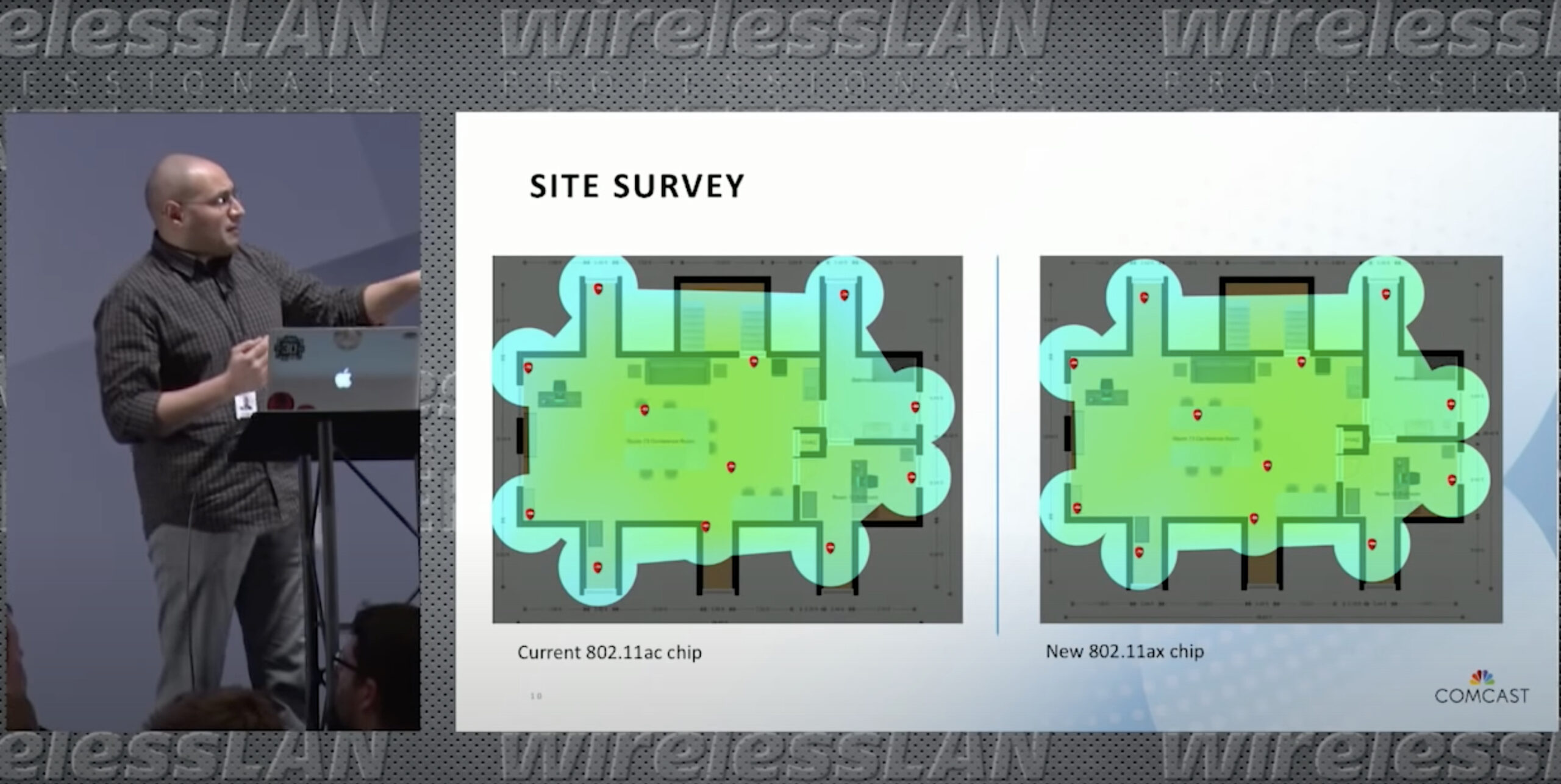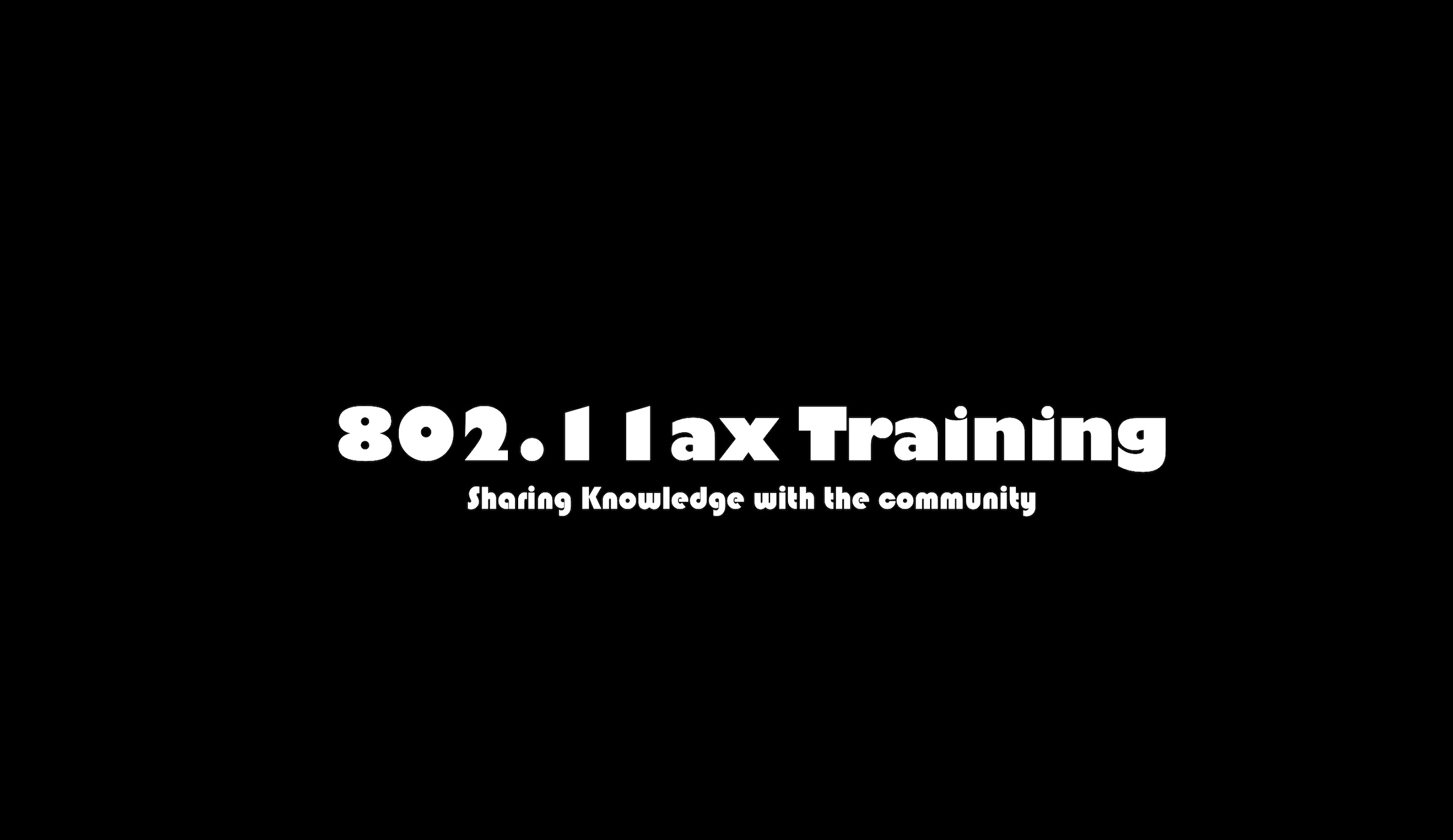The complex and incredible technologies driving the AmazonGo stores



CableLabs Innovation bootcamp was a unique experience. It was different from the wireless oriented events that I have attended in the last couple years. The camp was designed to introduce the attendee to the FIRE framework of Innovation. FIRE (Focus, Ideation, Ranking, and Execution) is a framework put together by Phil McKinney the current CEO of CableLabs and a previous CTO of HP.
I left the camp with a bunch of new skills, like how to ideate, and how to define a clear problem statement. If I was to name the most important thing that I got out of attending the bootcamp it would be how it helped me overcome the fear that my ideas are silly and not worth pursuing. I have come to realize that no matter how silly an idea may sound, it is always worth writing down and ideating on.
Upon graduating the camp, every attendee was assigned a code name based around their personality, contributions, and the way they ideate and attack problems. I was assigned the code name ROCKER 🙂 I was told that the name was chosen because of my love for Heavy Metal and Rock music and how I was not afraid to shake the norms and question the facts.

Code Name : Rocker


On the 10/08/2021 at around 2:00pm I passed the CWISA Certification exam with a score of 97%. I am excited as this the first step in my journey towards achieving the CWISE (Certified Wireless IoT Solution Expert) certification.
The 6th video in the series of the 802.11ax training videos. In this video I explain the difference between SU-MIMO and MU-MIMO and how MU-MIMO is done differently in the 802.11ax standard compared to legacy MU-MIMO.
The 5th video in the series of the 802.11ax training videos. In this video I explain the process that APs and STAs have to go through to complete an OFDMA transmission in the 802.11ax standard.

The 4th video in the series of the 802.11ax training videos. In this video I explain the difference between OFDM and OFDMA and introduce the concept of RUs in the 802.11ax standard

The 3rd video in the series of the 802.11ax training videos. In this video I explain the different types of PPDUs in the 802.11ax standard.

The 2nd installment in the series of the 802.11ax training videos. In this video I highlight most of the important differences between 802.11ac and 802.11ax.
This is the 1st video in a series of short videos yet to come. In these videos I will share my knowledge and experience on the 802.11ax standard that I have accumulated over almost 3 years of extensive testing, reading literature and, learning from other people in our WiFi community.